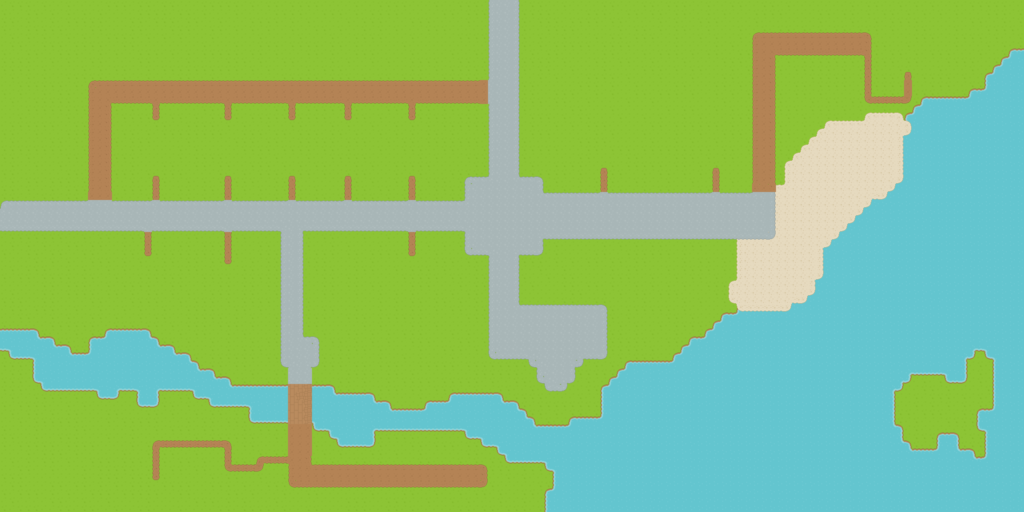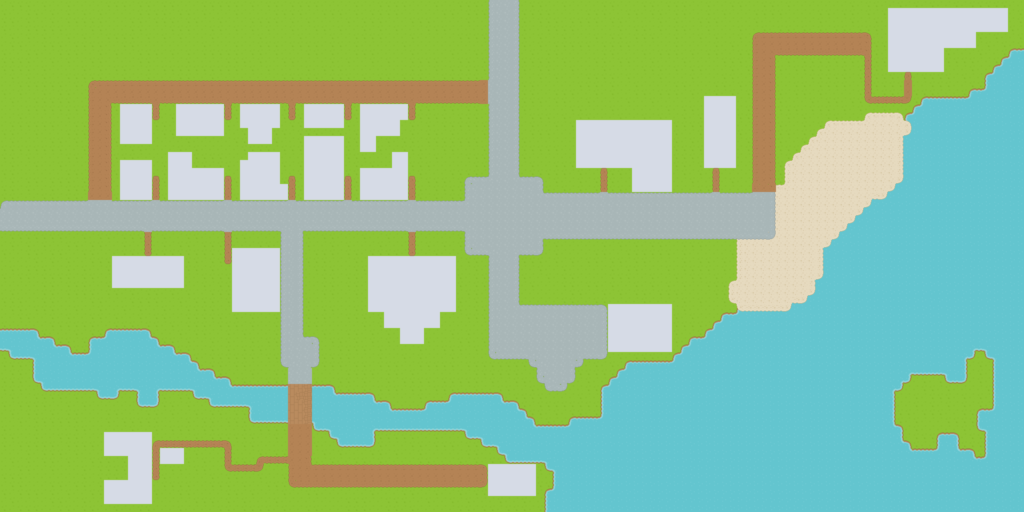It’s nearing the end of another year, and that’s the cue for sites the world over to start looking back on the past twelve months. Due to a lack of creative impulse in the code sphere, I’ll be doing the same. So let’s see how the science and art of programming fared in 2016, starting with the advances and changes in programming languages.
JavaScript
JavaScript might not be the biggest language out there, but it’s certainly the one most people have experienced in some form, so it makes sense to start here. And JavaScript has certainly seen some improvements this year. For one thing, it’s got a new version, as the standards guys have moved to the same silly release model that gave us modern Firefox and Chrome. The only things added to ES2016 (what should have been ES7) are an exponent operator and a single new Array method, includes(). Absolutely nothing to get excited over, and the “big” changes, like async, are still in the future…if they’re ever put in at all.
On the other hand, the environment for JavaScript is getting better all the time. You can count on full ES5 support now, and you shouldn’t have too much trouble using ES6 features. Maybe you’ll need a polyfill for those, but that’s a temporary solution. And the one good thing about Windows 10 is Edge, if only because it’s the end of the “old” Internet Explorer and that browser’s awful support for, well, anything.
Outside the browser, Node keeps chugging along. They’ve had some problems there (such as the leftpad debacle), but they’ve got that whole Node/IO.js fork thing worked out. From a political standpoint, it’s not optimal, but the codebase is solid enough. The ecosystem is growing, too, as almost everybody is using some sort of Node/Webkit construction, from Visual Studio Code to Atom to Vivaldi.
As usual, JavaScript’s future looks much brighter than its past. It’s still straining at its own boundaries, but it’s growing. It’s becoming a better language. The two main platforms (browser and Node) have improved by leaps and bounds, and now they’ve become mature. In the next year, they’ll only get better.
C++
C++ had a big year in 2016, but it was all behind the scenes. The real test will come next year, when the C++17 standard comes out, but we already know what it’s going to have in it. What might that be? More of everything, really. I’ve already written about some of the more interesting bits in a three-part series back in August. (Part 1, Part 2, Part 3)
So 2017 looks like it’ll be fun, but what about now? “Modern” C++ is finally getting widespread support, so that’s good. Even those of you stuck on five-year cycles should now be ready for that, and C++14 was an incremental upgrade. On the platform side, it’s C++. The platform is your computer, or your phone, or your refrigerator. It’s the same platform it’s always been. That’s why you would use it over any other language.
C
Microsoft has been doing their schizophrenic love-hate thing with open source for a while now, but 2016 saw the biggest payoff of the “love” side. The open release of .NET Core happened this summer, complete with support for platforms other than Windows. Considering how hard it can be to get MS to even acknowledge such a thing, that’s practically a miracle.
It’s also the beginning of the end for Mono—the third E stands for Extinguish, remember—but that’s not as bad as it sounds. Mono still has its uses, mostly for older .NET code and the things that the MS offering won’t support. Oh, and they also bought Xamarin, whose main reason for existing seemed to be letting you write C# code for mobile devices. But if even some of .NET is open-source, we don’t need that anymore. The community can do it.
C# remains a Microsoft language, though. The MIT license won’t change that. It’ll definitely give non-Windows developers some peace of mind, but you always have to remember who holds the cards here.
Java
Java’s a funny thing. On the one hand, it’s not that bad a platform. On the other, it’s owned by Oracle. They’re still playing the part of Sisyphus, rolling a ball of lawsuits up the hill, only for the courts to send them right back down. But unlike in mythology, there’s the possibility that they might win.
If they do, it’s bad news for everyone, but most of all for Java developers. Who would want to use a language owned by a sue-happy corporation? (And now the C# fanboys can say, “There’s another thing Java ripped off!” Well, okay, at least MS hasn’t sued anybody using C#. Yet.)
But if you can put that out of your mind, Java’s not bad. It’s awful from a security standpoint, and the language sucks, and—well, you get the idea. I still believe it has some upside, though. Scala—or Clojure, if that’s the way you roll—makes using the JVM bearable. Android requires Java coding, even if they desperately want to call it something else.
So Java’s 2016 has been mostly dismal, but look on the bright side: Java 9 is coming soon. And one proposal on the table is “ahead-of-time compilation”. For Java. Just think about that for one second. Maybe I’m misunderstanding, but wasn’t that the exact thing Java was designed to prevent?
The rest
Other languages have had an interesting year, but it’s too much work to list them all. Besides, I haven’t used that many of them. But here’s a few of the highlights:
- Rust is growing. It’s almost to the point of being usable! (The rewrite of Firefox into Rust will come before that point, however.)
- Go is still bad, but at least Google isn’t trying to push it (or Dart) on Android devs anymore. I’ll call that an improvement.
- Python really seems to be disappearing. It’s had some minor releases, but nothing amazing. That’s a good thing, but the glaring flaws of Python 3 haven’t gone away.
- PHP remains the bad joke of the programming world, but maybe PHP 7 can fix that. Because PHP 6 did so well.
- Perl 6…exists! Technically, that happened last Christmas, but it’s close enough. You can’t complain about a once-in-a-lifetime occurrence.
We’ll round out the year next week by looking at another area of development: games.


